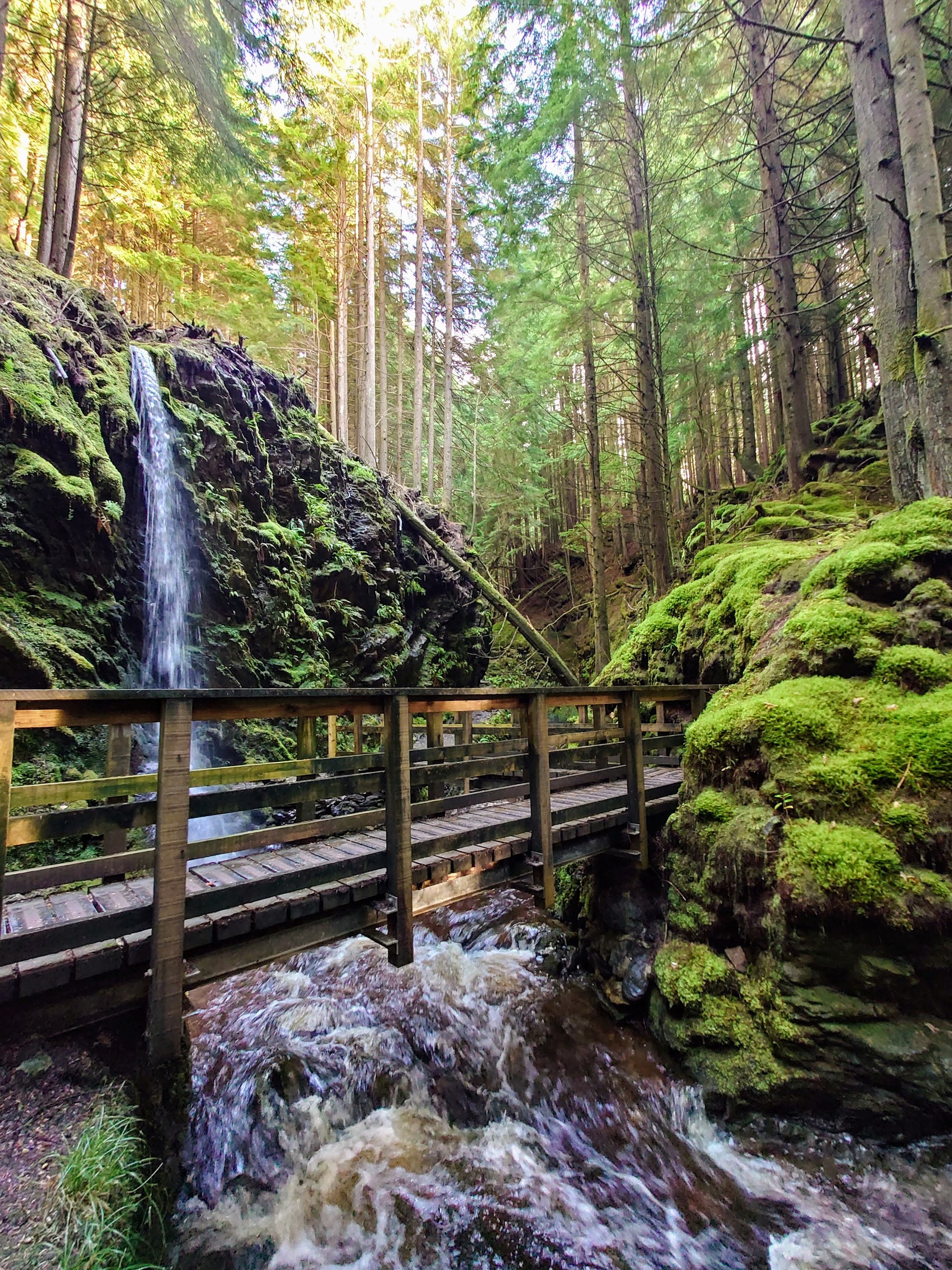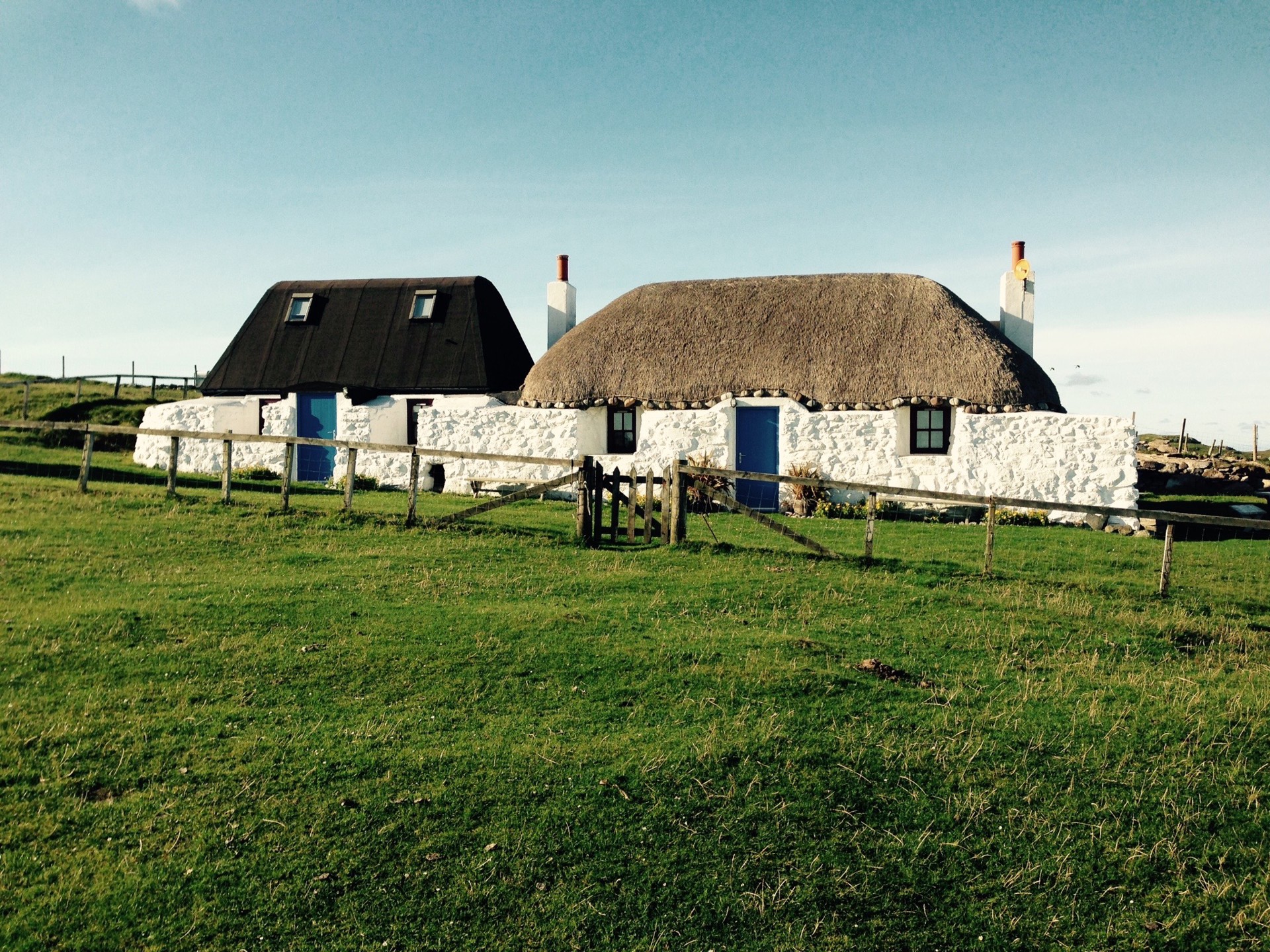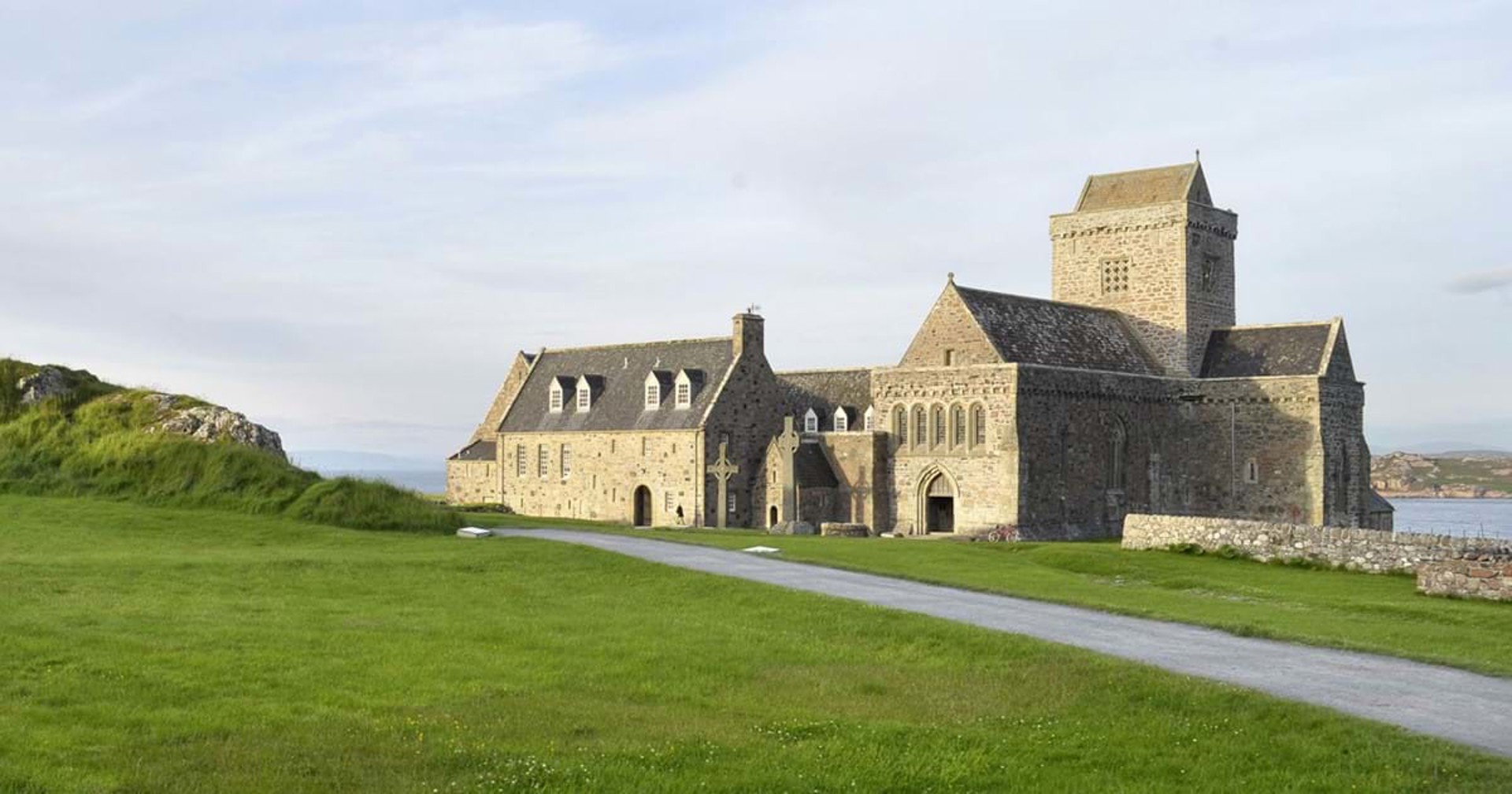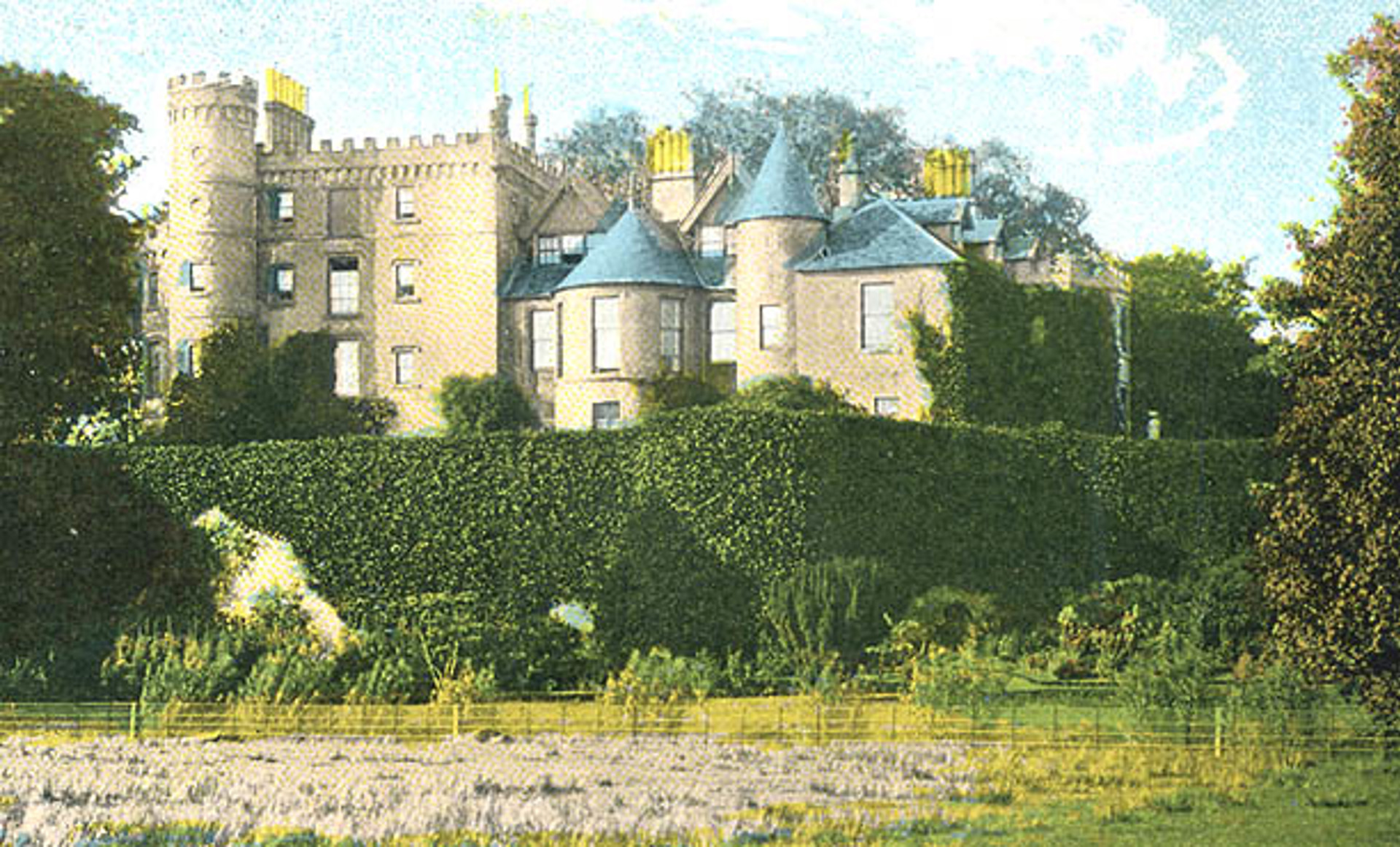7 Enchanted Locations filled with stories in Argyll & the Isles
Argyll & the Isles is known for its enchased locations and rich stories. What myths, folklore, and legends will you uncover? We will leave the storytelling up to the locals on this one!
1. Fingal's Cave
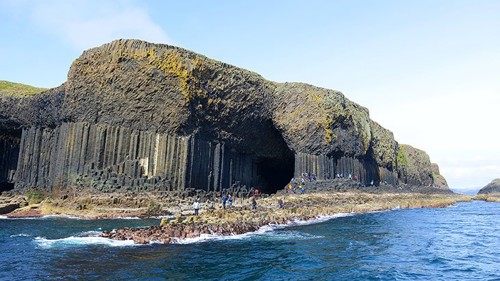
Fingal's Cave
Location: Isle of Staffa, Inner Hebrides
Fingal's Cave is a sea cave located on the uninhabited island of Staffa. Its structure is unique, with hexagonally jointed basalt which forms the cave. The appeal lies in the sounds, colours, size, and remarkable symmetry, which was created by the same lava flow that formed the Giant Causeways in Northern Ireland. Legend has it that Fingal's Cave is named after Fionn MacCumhaill, better known as Fingal, an Irish general who had a band of faithful warriors. Fionn is supposed to have been the father of Ossian, the traditional bard of the Gaels, who migrated to Scotland from Ireland until the Norseman began their raids on the Scottish coast, and the stories of Fingal would have doubtlessly come across too. Soon he became revered in Scotland and boosted by the Ossianic heroic verse and songs, making Fingal the perfect name, for the sonorous sounds of the cave. If you want to explore the cave further, Staffa Tours offers trips to Fingals Cave, so be sure to check them out!
2. Pucks Glen
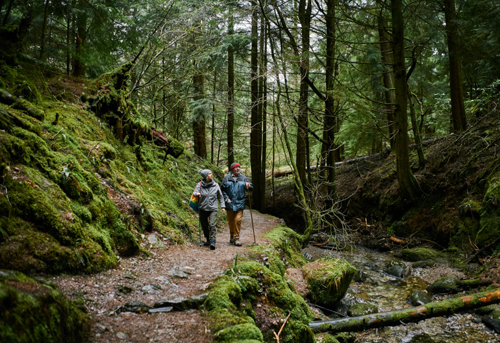
Pucks Glen. Credit: Forestry and Land Scotland
Location: Dunoon, Argyll
There is something about Pucks Glen. You can feel the presence of fairy folk and forest magic whilst you explore the glen, the walk is full of enticing enchantment, trickling gorges, rustic bridges, and wonderful wildlife. Be sure to bring your camera along to take photos of outstanding natural scenery. Some compare it to a fairytale landscape, we wonder who use to roam about in these woods...
3. Corryvreckan Whirlpool
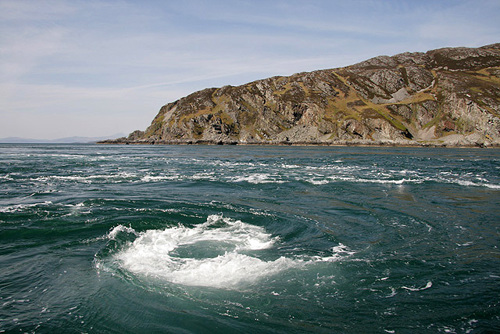
Corryvreckan Whirlpool
Location: Between the Islands of Jura and Scarba, Argyll & the Isles
The Corryvreckan is the world's third-largest whirlpool. Flood tided from the Firth of Lorn drives waters from the west to the water of Corryvreckan to waves of more than 30ft, and the roar from the maelstrom can be heard from 10miles away. Legend has it that a Scandinavian prince, Breakan, fell in love with a Princess of the Island, whose father consented to the marriage, on the condition that Breakan would show his skills and courage by anchoring his boat for three days and three nights in the whirlpool. Want a closer look? Why not take a trip to the whirlpool with Islay Sea Adventures and Seafari Adventures!
4. Glenan Deserted Village
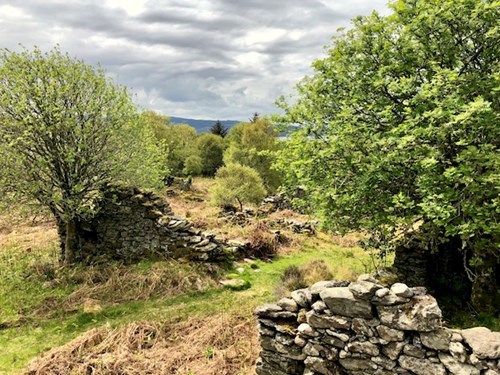
 Glenan Lost Village, Credit: WildaboutArgyll
Glenan Lost Village, Credit: WildaboutArgyll
Location: Glenan, Argyll
Glenan Lost Village has been inhabited since the early 1300s, surviving the highland clearances, and wasn't abandoned until the 20th Century. Where Legend says that the one last villager could not bear to leave Glenan and hanged himself in the trees within the woods outside the village. A walk around the old abandoned village, makes you wonder What made the villagers leave? Where did they go? Did they find a better life? but you can tell by the close ruins, of homes, that this village was once a happy place with children laughing. Many locals will announce their presence in the woods by shouting 'Hello', as they are entering as a guest and will say 'Goodbye' when leaving, many have reported hearing voices, but could it just be the wind in the trees?
5. Loch Awe and Kilchurn Castle
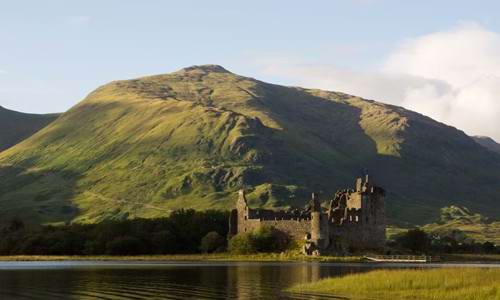
Kilchurn Castle on Loch Awe, Credit: Historic Environment Scotland
Location: Loch Awe, Argyll
Loch Awe is the UK's longest freshwater loch at 28miles in length. Kilchurn castle is one of the many castles which lay on the shores of the loch and dates back to the mid-1400s. As picturesque as it may be, many say that Loch Awe is haunted by a witch known as the 'Cailleach nan Cruachan' (the witch of Ben Cruachan). Ben Cruachan is the tallest mountain in the Argyll and Bute region, and legend has it that the Cailleach was tired from a long day of herding deer. Atop Ben Cruachan, she fell asleep on her duty to cover the spring with a slab of stone at sundown and lift away the rock at dawn. Resulting in the well overflowing, running down the mountainside. Flooding the valley, the local people, and their cattle. It is said that this is how the River Awe and Loch Awe were formed.
6. Ardkinglas Gardens
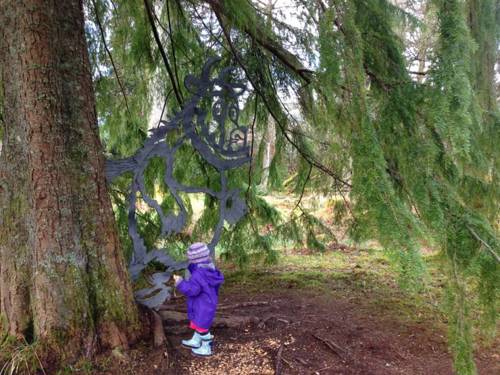
Gruffalo Trail at Ardkinglas Estate, Credit: Ardkinglas Estate
Location: Cairndow, Argyll
Ardkinglas Woodland Estate is home to the Gruffalo & fairy Trail, inspired by Julia Donaldson's children's book 'The Gruffalo'. The short walks around the woodlands, come from small extracts of the book, so be sure to keep your eyes peeled for the mouse, to guide you along with the path, and to visit the old mill too, but be extra sure to keep an eye out for the fairy houses, and maybe even some fairies along the route. Brilliant for a family day out!
7. Kilmartin Glen: Dunadd Fort
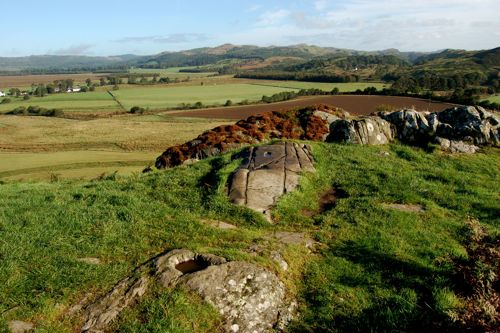
Dunadd Fort
Location: Kilmartin, Argyll
Many people are familiar with Dunadd Fort in Kilmartin Glen, as this was the home of kings. Excavations in the 1980s found the mound was used as a fort more than 2000 years ago. Dunadd is one of few places referenced in early history, with its first mention being AD 683. As you climb the hill, a fort becomes apparent, with a series of old terraces and remains of stone walls, surrounded by some of the strongest defenses, where the king would have once ruled from. At the top of the fort lies a rock with an impression of a footprint, it is said to be where the kings placed their foot when they were inaugurated, but others believe it is the imprint of Oisin, son of the giant Fingal, an Irish warrior who had been hunting on the hills above Loch Fyne when he was attacked by an animal, which led him to leap over Rhudle Hill and land on Dunadd hill creating the indent. Go take a look for yourself, what do you think the true cause of the imprint was?
